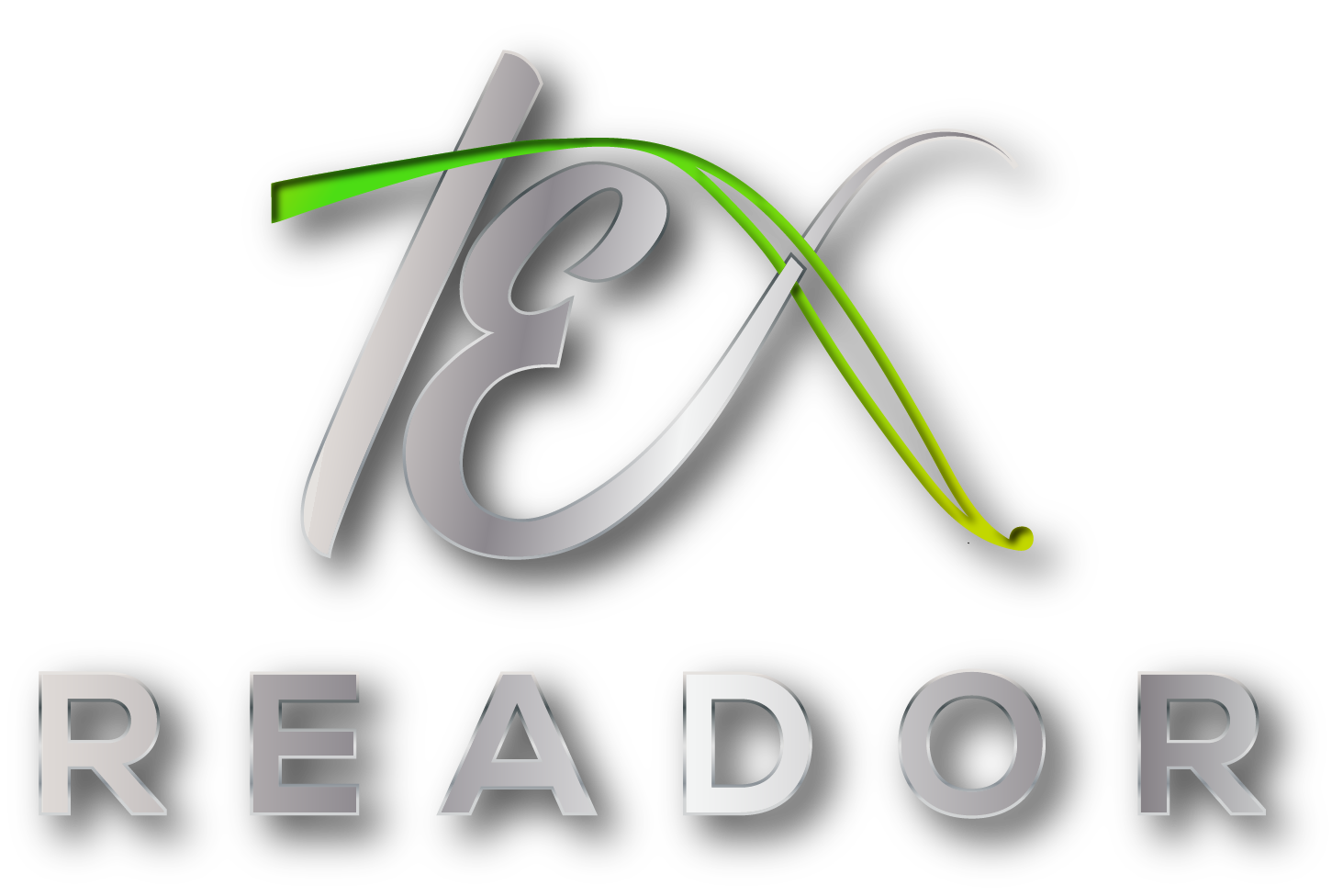With the rapid development of science and technology, new textile materials continue to emerge, breaking through the limitations of traditional textile technology and making significant progress in functionality, environmental protection and comfort. In the first quarter of 2024, the textile industry ushered in waves of innovation. These new materials have brought new development opportunities to the textile industry.
Professors Fu Shaohai and Zhang Liping of Jiangnan University published research results titled "Asymmetric Janus Fibers with Bistable Thermochromic and Efficient Solar Thermal Properties for Personal Thermal Management" in Advanced Fiber Materials. They designed and prepared an asymmetric Janus light absorber. /Bistable thermochromic fiber (BTCSJF), by combining bistable thermochromic, photochromic and solar thermal properties, the Janus fiber (BTCSJF) is constructed, which can drive the fiber to change color through photothermal conversion without continuous It can also display two colors stably when energy is supplied, achieving zero energy consumption. The unique Janus structure allows it to be used as a portable heater. At the same time, the thermal energy converted from solar energy can be stored and used for personal thermal management. The synergistic effect of Janus fiber structure-enhanced color change and photothermal performance provides new ideas for the development of other optoelectronic materials.

Lenzing Group, the world's leading producer of wood-based specialty fibers, has partnered with leather replacement expert Recyc Leather to launch Pelinova®, a recycled leather material. This innovative product uses a unique process to convert leather waste into fiber, which is combined with Tencel™ Lyocell fabric to make the leather soft and durable. This process not only saves resources, but also forms a closed-loop production, effectively reducing environmental burden. Compared with traditional leather manufacturing methods, it saves up to 70% of water resources and significantly reduces carbon dioxide emissions. In terms of price, Pelinova® is at least 30% cheaper than European genuine leather, showing its good market competitiveness.

At the Enforce Tac 2024 exhibition in February, Carrington Textiles, a world-renowned military fabric manufacturer, demonstrated its latest innovation-Spartan HT Flex Lite fabric. This fabric is crafted from military-grade CORDURA® T420 nylon 6.6 staple fiber and incorporated with 2% Lycra® fiber. By incorporating Lycra® fiber, Spartan HT Flex Lite significantly enhances the wearer's mobility due to its integrated stretch properties. This innovation will undoubtedly bring revolutionary changes to the military textile market.

South Korea's LG Chem and CJ CheilJedang established a joint venture factory to produce bio-based nylon. CJ CheilJedang will rely on microbial precision fermentation technology and technology jointly developed by both parties to produce PMDA (referring to the raw material of bio-based nylon, produced by fermentation of corn, sugar cane and other substances), and use LG Chem’s technology to polymerize it to produce bio-based nylon. Base nylon products. LG Chem will continue to promote plastics business based on environmentally friendly and low-carbon raw materials.

French biotechnology company Carbios has launched an enzyme called Carbios Active, which can significantly promote the biodegradation process and make polylactic acid (PLA) 100% compostable at room temperature, thereby significantly improving the recyclability of the material. Exploitability. Carbios Active is also listed on the U.S. Food and Drug Administration's List of Valid Food Contact Substances (FCS), with designated Food Contact Notification (FCN) 2325. Carbios has been focusing on the research and development of enzyme recycling technology, especially in PET degradation enzymes, which has significant technical advantages. The company has successfully developed enzyme-based processes for breaking down plastics, aiming to reduce plastic and textile pollution and drive a rapid transition to a circular economy. Currently, Carbios' two breakthrough technologies - technologies for PET biorecycling and PLA biodegradation - are gradually realizing industrialization and commercial application.

Recently, the State Intellectual Property Office announced a patent applied by Amway Co., Ltd., titled "A bio-based antibacterial and fireproof polyurethane synthetic leather and its preparation method and application." This invention successfully uses bio-based materials to prepare an antibacterial and fireproof polyurethane synthetic leather with excellent durability. The synthetic leather is composed of a bio-based polyurethane surface layer, a bio-based polyurethane adhesive layer and a base material layer. Among them, the polyurethane surface layer incorporates tea extract, lignocellulose and other components, while the polyurethane adhesive layer contains phytic acid-modified isocyanate prepolymer, lignocellulose and other components. These innovative combinations not only give synthetic leather antibacterial and fire-resistant properties, but also significantly improve its overall performance.






